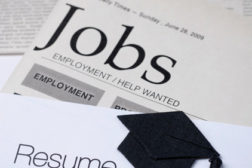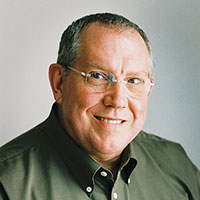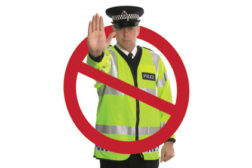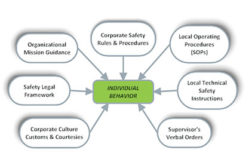Articles by James E. Leemann Ph.D.
The jobs are out there
But EHS soft skills & work ethics can frustrate employers
January 4, 2012
Forget power & control
Focus on human interactions to resolve safety conflicts
October 1, 2011
Never miss the latest news and trends driving the safety industry
eNewsletter | Website | eMagazine
JOIN TODAYCopyright ©2024. All Rights Reserved BNP Media.
Design, CMS, Hosting & Web Development :: ePublishing







